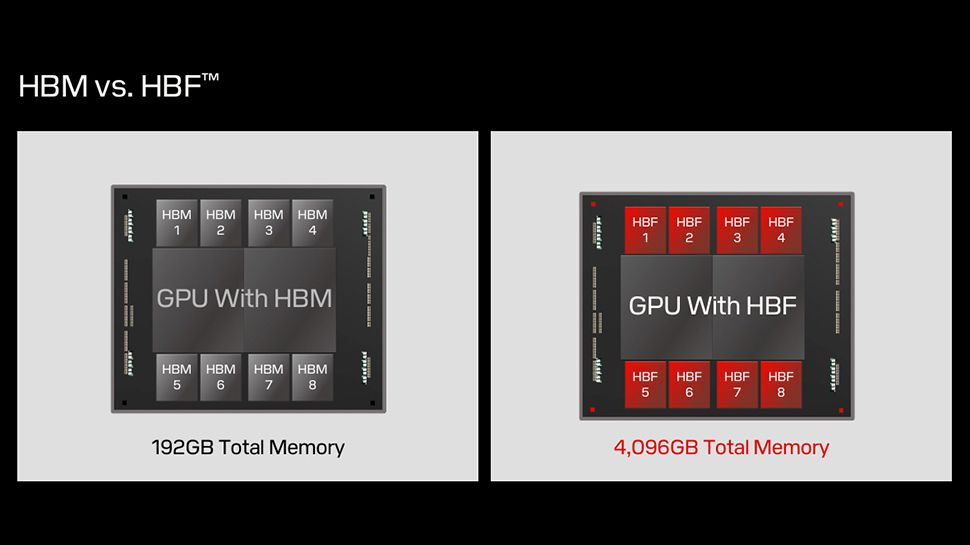UK-based AI chip designer Graphcore was, for a time, considered a potential rival to Nvidia and AMD, but fell on hard times after failing to capitalize on the AI boom.
Back in February 2024, we wrote Graphcore desperately needed to raise significant funds by May if it was to survive, and that a number of potential buyers were circling the troubled firm. These included Arm, Japanese tech conglomerate SoftBank (which has a majority share in Arm), and OpenAI.
SoftBank was always the most likely suitor, and it has now been confirmed as the new owner of Graphcore having splashed out somewhere between $400 and $500 million for company. The exact price hasn’t been confirmed.
But what next?
“Society is embracing the opportunities offered by foundation models, generative AI applications and new approaches to scientific discovery”, said Vikas J. Parekh, Managing Partner at SoftBank Investment Advisers. “Next generation semi-conductors and compute systems are essential in the AGI journey, we’re pleased to collaborate with Graphcore in this mission.”
Graphcore will become a wholly owned subsidiary of SoftBank (continuing to operate under the Graphcore name) and will likely enjoy closer ties with Arm. The company’s headquarters will remain in Bristol, with offices in Cambridge, London, Gdansk and Hsinchu (it previously closed offices in Norway, Japan and South Korea). co-founder and CEO Nigel Toon will remain in charge at Graphcore.
“This is a tremendous endorsement of our team and their ability to build truly transformative AI technologies at scale, as well as a great outcome for our company,” said Toon. “Demand for AI compute is vast and continues to grow. There remains much to do to improve efficiency, resilience, and computational power to unlock the full potential of AI. In SoftBank, we have a partner that can enable the Graphcore team to redefine the landscape for AI technology.”
It remains to be seen what the future will look like for Graphcore and just how SoftBank will turn a profit from its latest acquisition. Licensing its IP to Arm seems like the obvious first step.





